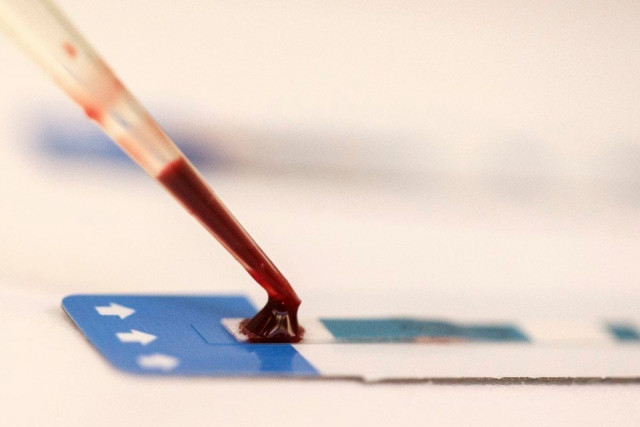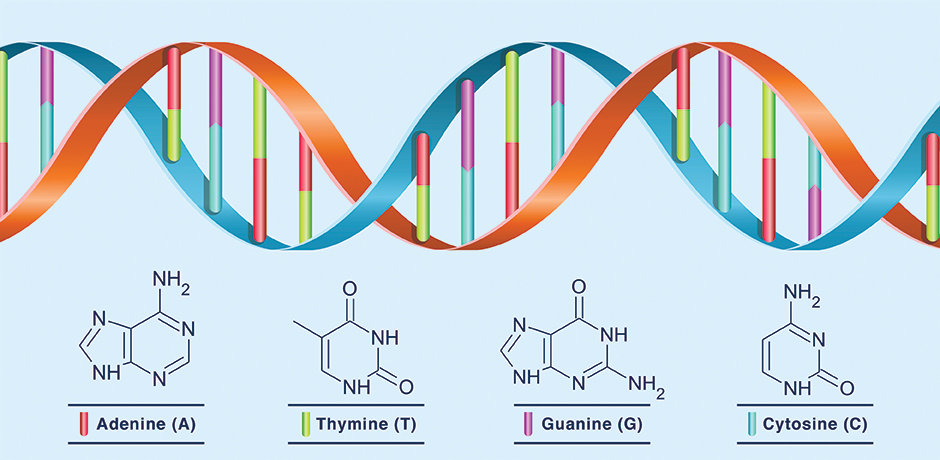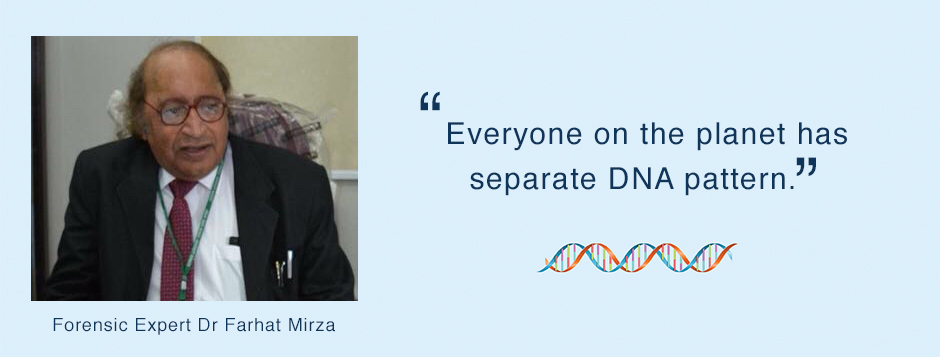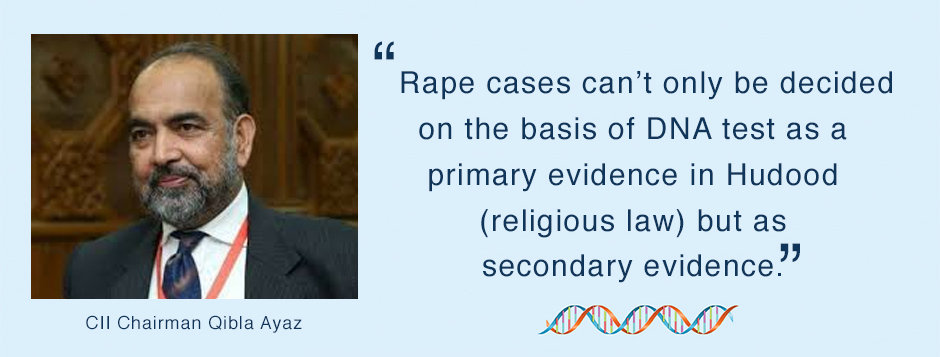How DNA played key role in tracing Zainab's murderer
Experts shed light on the legitimacy of the sampling and how it is scientifically backed

PHOTO:REUTERS
The sample of Imran Ali, matched with the one found in other seven cases of assault, though it isn't clear why it took police two years to get to the suspect.
While police’s idleness may remain a mystery, locking in on the suspect through his DNA fingerprint is scientifically backed – but how?
Let us explain.
To begin with; DNA (Deoxyribonucleic acid) is made up of molecules called nucleotides that contain a phosphate group, a sugar group and a nitrogen base – the four types of nitrogen bases are adenine (A), thymine (T), guanine (G) and cytosine (C). The order of these bases is what determines DNA's instructions, or genetic code.

In simple terms, DNA is a molecule that contains the instructions an organism needs to develop, live and reproduce. These instructions are found inside every cell and are passed down from parents to their children – making each DNA sequence unique.
Zainab murder case: Legal experts say DNA is admissible evidence
Speaking to The Express Tribune, Chairman Department of Forensic Medicine at the Jinnah Sindh Medical University Dr Farhat Mirza said, “Everyone on the planet has a separate DNA pattern except in one condition of monozygotic twins. However, in such cases, the fingerprint still varies.”
How is it relevant in rape cases?
In sexual assault cases, a DNA analysis increases the likelihood of identifying the perpetrator. By conducting a DNA fingerprinting test, genetic information in a person’s cells can be identified and evaluated. The term ‘fingerprint’ is used to emphasise the unlikeliness of any two people having exactly the same DNA information, in the same way that it is very unlikely that any two people would have exactly the same physical fingerprint.
Dr Mirza recalled the Locard’s Exchange Principle and stated that the perpetrator of a crime will bring something into the crime scene and leave with something from it and that both can be used as forensic evidence.
“It’s the courts order that one additional swab is mandatory for medico-legal officer to take for DNA other than swabs taken for chemical examination in every rape case,” he pointed out.

What is longevity of a DNA sample?
DNA evidence can be collected from blood, saliva, sweat, urine, skin tissue, and semen – depending on where the assault took place. Dr Mirza said the DNA samples can be stored for years if proper storage facility is available. “In developed countries, the samples can be tested even after 10 years of its storage,” he explained. “A tooth can be taken as a sample during exhumation as it’s the strongest tissue and resist decomposition even after hundreds of years.”
But the time, internal and external factors may affect the validity of a sample. The forensic expert added that the transportation and preservation of a DNA sample plays an important role and the samples must be kept at the required temperature.
How conclusive is DNA analysis?
Dr Mirza believes that the forensic evidence against the suspect will lead Zainab’s case to its final conclusion. “Nothing can hide through DNA if right technique is observed through the entire process of collecting the sample up till the completion of the examination.”
A DNA analysis can precisely identify facial characteristics, colour of hair and eyes and the body weight and height of any individual, he added. “Not more than 4 to 5 points (loci) are identical in any two persons but if we take 13 to 16 locis, which is a standard pattern than there are less than one in a billion chances that the person has same type of DNA pattern,” he concluded.
Let’s not forget to raise decent humans
The Express Tribune also reached out to Chairman Council of Islamic Ideology (CII) Qibla Ayaz on where DNA analysis stands in Islamic law, who reiterated the council’s recommendations to the parliament in 2012 that while a DNA sample can be considered as a proof in a sexual assault case it could not be submitted as primary evidence.

“There is no impediment by Sharia to consider DNA as primary evidence used to prosecute the accused considering its usefulness,” said Ayaz.
The chairman clarified that the suspect could not be sentenced punishments handed out in Islamic laws but the judiciary can use DNA as primary evidence as per the constitution and law of a country. “DNA test can be used as secondary evidence in Islamic law but not as primary since Quran clearly mentions the provision of four witnesses and hence we can’t go astray.”
He maintained that in Zainab’s case, the suspect can be punished if the judges find DNA to be a concrete evidence.



















COMMENTS
Comments are moderated and generally will be posted if they are on-topic and not abusive.
For more information, please see our Comments FAQ